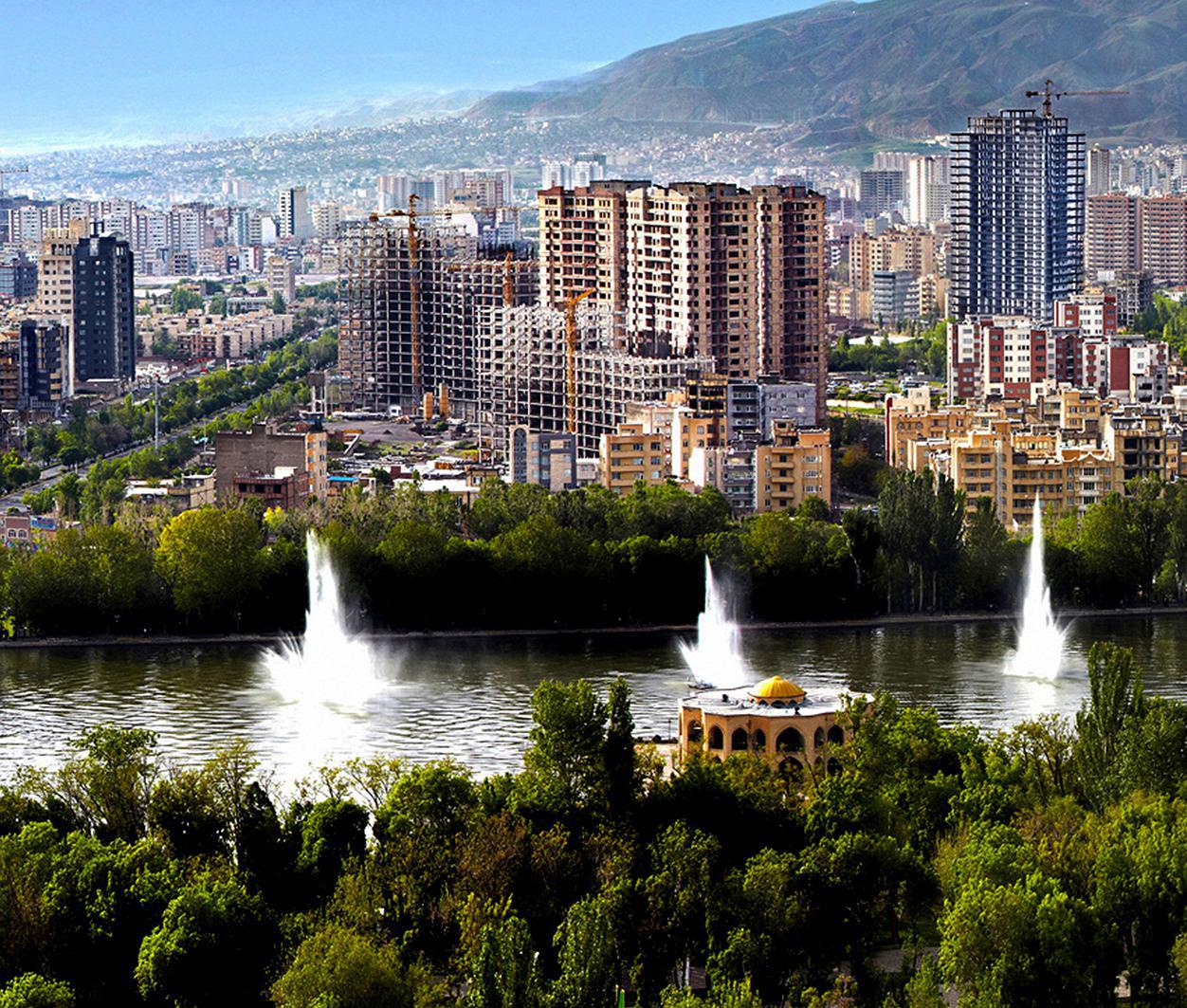The distribution of public services from the perspective of sustainable spatial equality in the Tabriz Metropolitan in Iran
Abstract
One of the most prominent consequences of rapid urbanization has recently been the disintegrated distribution of municipal services which predisposes inequality in citizens' benefiting from these services. Therefore, the city planners and managers' main goal must be to achieve the ideal of 'equality of opportunities' to help different groups of urban population have access to public services and eliminate conflicts in the provision of opportunities. In the present descriptive-analytical study, after specifying the indicators, ten regions of Tabriz are ranked in terms of the distribution of municipal services using three different methods (per capita land use, accessibility and residents' idea) and action priorities are presented for each region. The results of this study show that Tabriz has an inappropriate spatial distribution of public services and the population is incompatible with the distribution of services. Region 8 is in a good condition compared to the other while region 7 and 9 has a poor distribution of public services.
Downloads
References
Abdi Daneshpoor, Z. (1999). Analysis of the spatial imbalance in the city; Case study city of Tehran. Soffe magazine, Shahid Beheshti University of Tehran, no. 29.
Barresi, A., & Pultrone, G. (2013). European strategies for smarter cities. Tema. Journal of Land Use, Mobility and Environment, 6(1), 61-72. Doi: http://dx.doi.org/10.6092/1970-9870/1455.
Dadashpoor, H., & Rostami, F. (2011). Investigation and analysis of distribution of the urban space from the perspective of the impartiality of the public service; case study city of yasooj. Journal of geography and regional development, 16, 171-198. Retrieved from: file:///C:/Users/ASUS/Downloads/11034-25124-1-PB.pdf.
Gargiulo, C., Zucaro, F. (2015). Smartness and urban resilience. A model of energy saving. Tema. Journal of Land Use, Mobility and Environment, 8(Special Issue ECCA 2015), 81-102. Doi: http://dx.doi.org/10.6092/1970-9870/3661.
Juliani, F., & de Oliveira, O. J. (2016). State of research on public service management: Identifying scientific gaps from a bibliometric study. International Journal of Information Management, 36(6), 1033-1041. Doi: http://dx.doi.org/10.1016/j.ijinfomgt.2016.07.003.
Harvey, D. (1997). Social equality and the city. Translator: farokh hesamiyan, Publication processing enterprises and urban planning.
Kaphle, I. (2006). Evaluating people’s accessibility to public parks using Geographic Information Systems: A case study in Ames. Iowa, Iowa State University USA, Retrospective Theses and Dissertations, p. 892. Doi: http://lib.dr.iastate.edu/rtd/892.
Liao, C. H., Hsueh-Sheng, C., & Tsou, K. W. (2009). Explore the spatial equity of urban public facility allocation based on sustainable development viewpoint. Proceedings REAL CORP 2009 Tagungsband, 22-25 April 2009, Sitges, 137-145. Retrieved from: http://realcorp.at/archive/CORP2009_48.pdf.
Lotfi, S., & Koohsari, M. J. (2009). Measuring objective accessibility to neighborhood facilities in the city (A case study: Zone 6 in Tehran, Iran). Cities, 26(3), 133-140. Doi: http://dx.doi.org/10.1016/j.cities.2009.02.006.
Lynch, K. (1972). The image of the city. MIT press. Retrieved from: https://books.google.com/books?hl=en&lr=&id=_phRPWsSpAgC&oi=fnd&pg=PA1&dq=+The+image+of+the+city.+MIT+press.&ots=jGG22d-yif&sig=8wpI2zGBCTTkAqmYrx4BS3-ZgBs#v=onepage&q=The%20image%20of%20the%20city.%20MIT%20press.&f=false.
Martínez, J. (2009) .The use of GIS and Indicatirs to Monitor Iintra-Urban Inequalities; A case Study in Rosario, Argentina. Habitat International, 33(4), 387-396. Doi: http://dx.doi.org/10.1016/j.habitatint.2008.12.003.
- Omer, I. (2006). Evaluating accessibility using house-level datapp a spatial equity perspective. Computers, Environment and Urban Systems, 30(3), 254-274. Doi: http://dx.doi.org/10.1016/j.compenvurbsys.2005.06.004.
Pakzad, J. (2006). Urban design guide, Publication Shahidi, Tehran, p. 472.
Rostaee, Sh., Babaei, E., & Kamelifar, Z. (2014). The Assessment of Spatial Justice in the Distribution of Urban Services. Case Study: Tabriz Metropolis. Geographical Planning of Space Quarterly Journal, 3(10), 82-101. Retrieved from: http://gps.gu.ac.ir/article_7385_4a3d9029353f2f1d9bcad65056da6bff.pdf.
Savas, E. S. (1978). On equity in providing public services. Management Science, 24(8), 800-808. Doi: http://dx.doi.org/10.1287/mnsc.24.8.800.
Shakooyi, H. (1994). New perspective in urban geography, publishing samt, 1.
Soja, E. (2009). The city and spatial justice. Justice patial/spatial justice, 1. Retrieved from:http://www.jssj.org/wp-content/uploads/2012/12/JSSJ1-1en4.pdf.
Talen, E., & Anselin, L. (1998). Assessing spatial equitypp an evaluation of measures of accessibility to public playgrounds. Environment and Planning A, 30(4), 595-613. Retrieved from: http://epn.sagepub.com/content/30/4/595.full.pdf.
Tsou, K. W., Hung, Y. T., & Chang, Y. L. (2005). An accessibility-based integrated measure of relative spatial equity in urban public facilities. Cities, 22(6), 424–435. Doi: http://dx.doi.org/10.1016/j.cities.2005.07.004.

Copyright (c) 2016 Tema. Journal of Land Use, Mobility and Environment

This work is licensed under a Creative Commons Attribution 4.0 International License.
Authors who publish in this journal agree to the following:
1. Authors retain the rights to their work and give in to the journal the right of first publication of the work simultaneously licensed under a Creative Commons License - Attribution that allows others to share the work indicating the authorship and the initial publication in this journal.
2. Authors can adhere to other agreements of non-exclusive license for the distribution of the published version of the work (ex. To deposit it in an institutional repository or to publish it in a monography), provided to indicate that the document was first published in this journal.
3. Authors can distribute their work online (ex. In institutional repositories or in their website) prior to and during the submission process, as it can lead to productive exchanges and it can increase the quotations of the published work (See The Effect of Open Access)
